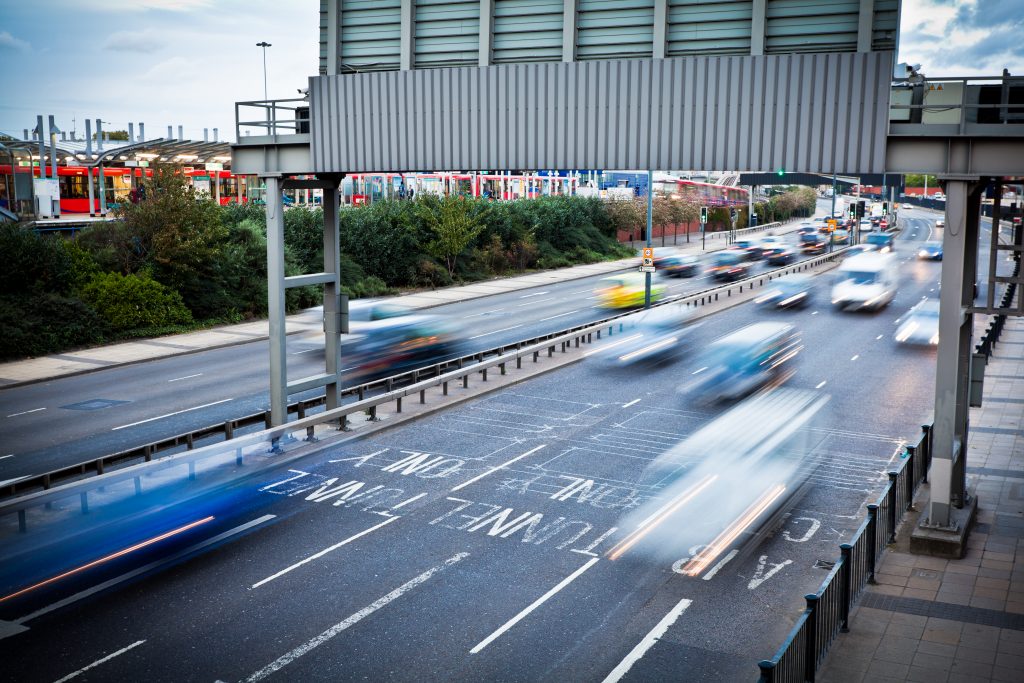
An urgent and costly public health problem
During the 1950s, smog (a toxic combination of soot and sulphur dioxide) was commonplace in UK cities and a major source of disease. Since the Clean Air Act of 1956, the character of air pollution in the UK has changed. The major pollutants today – nitrogen dioxide (NO2) and particulate matter (PM 2.5) – are invisible to the naked eye. Although we have seen improvements over recent decades, air pollution continues to represent an urgent public health threat.
Air pollution is now the largest environmental risk linked to deaths in the United Kingdom and a significant source of ill-health. Tackling air pollution is a government priority, as demonstrated through the draft Clean Air Strategy published today.
There are strong associations between air pollution and major diseases that pose a great health and economic burden, including:
- coronary heart disease
- stroke
- lung cancer
- childhood asthma
In 2017, the total NHS and social care cost due to PM2.5 and NO2 was estimated to be £42.9 million in England. If no action to improve air quality is taken and trends continue, costs could accumulate to £5.3 billion between 2017 and 2035.
When diseases with weaker evidence of association to air pollution were also taken into account, including chronic obstructive pulmonary disease, diabetes, low birth weight, and dementia, the cost was £157 million in 2017. If current trends continue, this figure could accumulate to £18.6billion between 2017 and 2035.
A relatively small reduction in the population’s exposure to PM2.5 and NO2 can lead to significant reductions in cost due to the numbers of people affected. It can also have multiple co-benefits, such as increasing workers’ productivity and promoting active travel, including walking and cycling. This increase in physical activity can help reduce the burden of chronic diseases such as obesity and Type 2 diabetes. Improving air quality is therefore an important tool to improve our health.
Air pollution tool for local authorities
Understanding the impacts of air pollution and the actions required to address this problem are highly relevant to local government priorities, including:
- health
- housing
- transport
- education
- local economies
- green space
- quality of life
Today, we have published a new report and tool as part of the wider government strategy to reduce air pollution, and to further PHE’s programme of work to reduce morbidity and mortality in England attributable to air pollution. PHE helps achieve this objective by:
- helping raise awareness of the health effects of air pollution to the public, health professionals and policy makers
- further developing the scientific evidence
- supporting implementation of this evidence into potential actions
This report, which was developed with the UK Health Forum and Imperial College London, highlights the costs of exposure to PM2.5 and NO2 to the NHS and social care system. Importantly, it includes a tool for local authorities to help them assess the impacts on health and the savings to the NHS and social care under different air pollution scenarios.
Until now, there has been no simple way for local authorities to estimate the potential savings to the public purse from taking local action on PM2.5 and NO2. This is the first time the healthcare costs of morbidity, specifically, due to air pollution have been estimated in England.
Given the legal powers that local authorities have to tackle air pollution locally, they are ideally placed to introduce policies to minimise the impacts. Using this tool to model the local impact of air pollution on health and related health care costs over time will help to inform future policy and resource planning, as well as mitigation measures and public health campaigns.
Clean Air Strategy
The Government’s draft Clean Air Strategy published today for consultation sets out the range of actions that will be taken in the coming years to tackle emissions of five key pollutants.
The Clean Air Strategy will provide further support to local authorities, enabling them to improve their understanding of the health, environmental and economic consequences of air pollution, and to develop ambitious programmes to tackle this problem.
